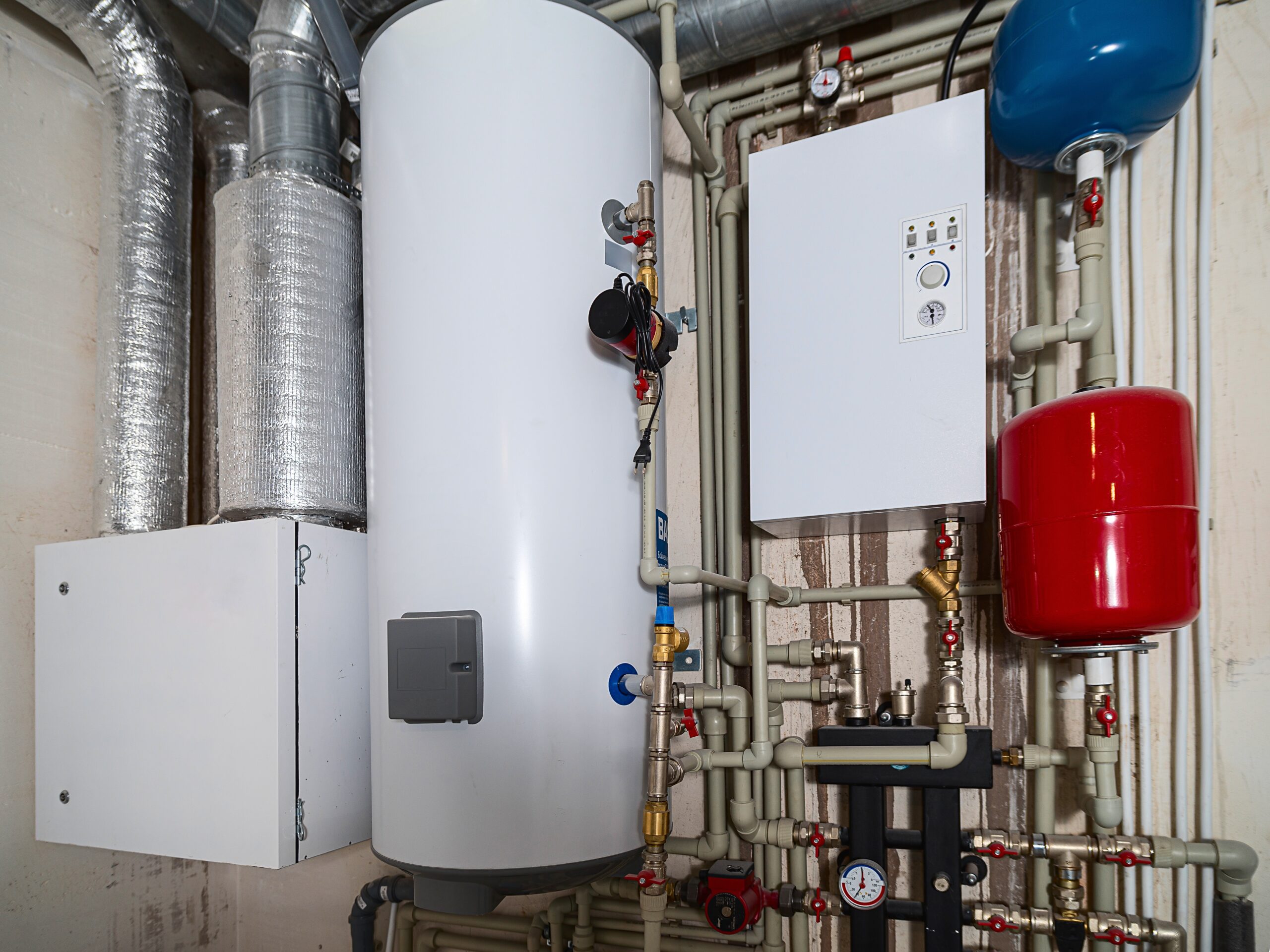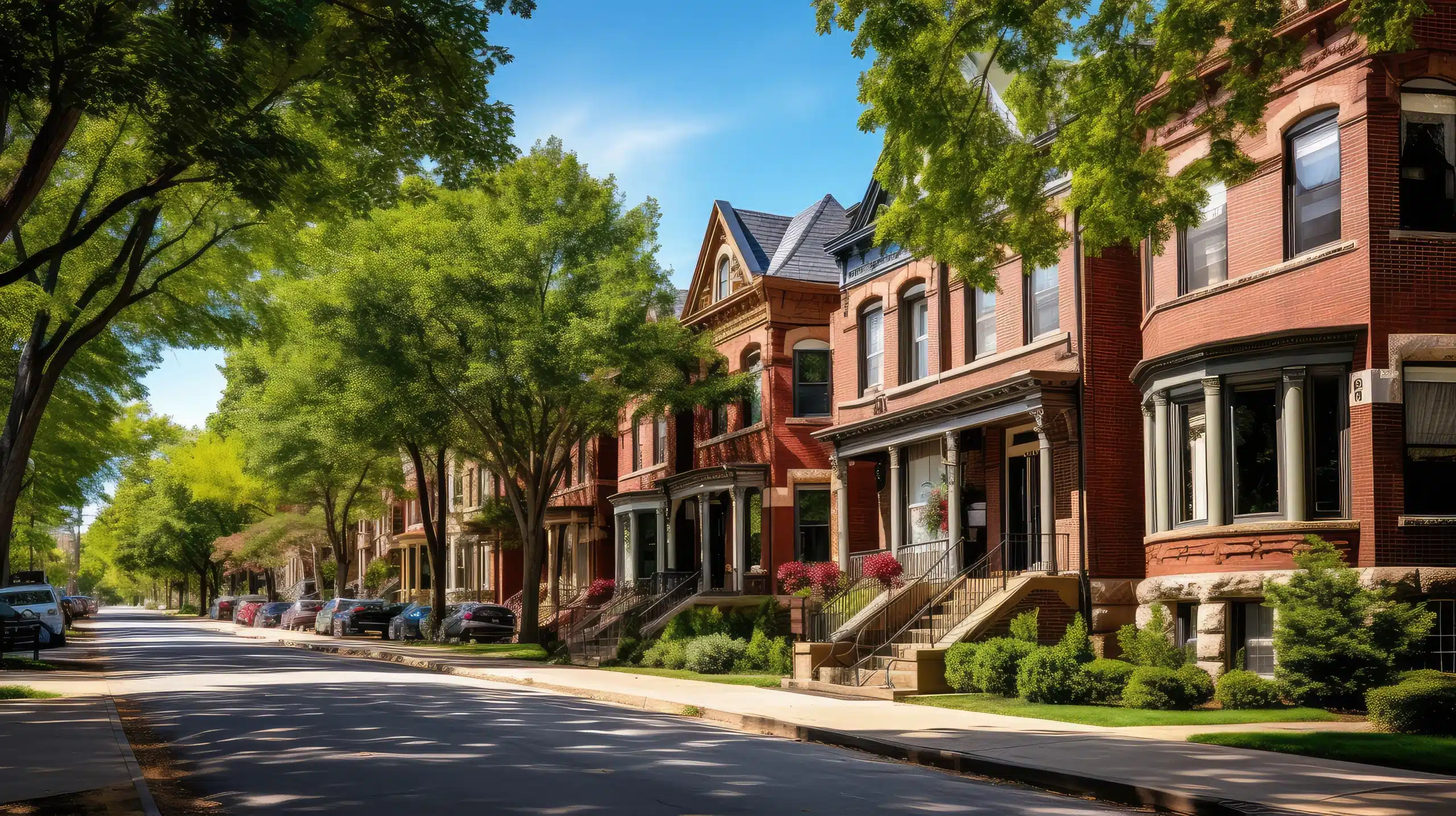Homeowner’s Guide For Efficient Landscape Irrigation
Most homes have irrigation systems installed to provide extra water to the landscape when rainfall is insufficient. There are important benefits to having an efficient irrigation system:
- It gives a healthy landscape.
- It targets water to the intended plant material.
- It creates a softer environmental footprint by saving on herbicides, insecticides, and fertilizers.
- It limits water runoff from landscapes.
- It saves money on utility bills.
Automatic irrigation systems deliver the right amount of water at the right time when adequately programmed and maintained.
Efficient irrigation systems
Have watering schedules that account for climate and site conditions, such as slope, plant type, sprinkler type, soil type, and sun exposure. Operate at correct water pressures according to manufacturer specifications. Provide uniform water coverage to the landscape. Use appropriate sprinkler types or drip emitters for the irrigated area. If you want to have this efficient irrigation system, you should look for reliable irrigation services in New Orleans like Big Easy Landscaping.
Keep soil healthy
Before planting, have the soil tested by the Cooperative Extension Service in your state. When planting, turn, and cultivate the soil and add soil amendments to improve soil moisture infiltration and retention.
We cultivate soil that will result in healthier plants with sturdy root systems that require less frequent watering. It’s also a good idea to aerate your lawn and around trees at least once a year to improve water penetration and encourage root growth.
Mulch plants, shrubs, and trees
Using two to four inches of mulch dramatically decreases evaporation, keeps soil temperatures moderated, improves water penetration, and controls weeds that compete for water.
Grouping plants with similar moisture needs makes it easier to prevent overwatering in the landscape. Provide separate irrigation zones for lawn and shrub areas that have different water requirements.
Plant in spring or fall
Avoid summer planting, since hot temperatures require more water for plants to become established.
Save grass for functional areas.
Plant grass in play zones and other areas where it will be used and enjoyed. Instead of planting turf on steep slopes or other hard-to-water spaces, consider ground cover, perimeter plants or mulch. Plant turfgrass that is best adapted for your region.
Plant shade trees
The shade cast by trees creates natural “air-conditioning,” lowering air and soil temperatures and decreasing soil moisture loss. During the tree selection process, check tree recommendations from your state’s Cooperative Extension Service or local water agency.







